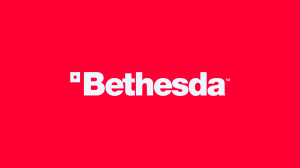Elon Musk has owned Twitter but only a few days and he’s already stirring the pot in big ways. Sunday afternoon, news reports suggested the business magnate is deciding whether or not to charge verified users $20 per month to keep using their blue check marks. Hours after that news first broke, Musk publicly hinted at the potential return of one of Twitter’s biggest acquisitions. Sunday night, Musk tweeted a poll asking his followers if he should revive Vine, the popular TikTok precursor many might say redefined content creation for an entire generation.
Videos by ComicBook.com
As of this writing, the “Yes” option is winning by a healthy margin with nearly 72-percent of the 630,000 votes cast. The poll is set to run for a day and will expire Halloween night. It’s unclear if Musk actually has plans to bring the service back or if he’s just trying to drum up more engagement on his latest purchase.
Vine officially launched in 2013 and quickly became one of the most popular apps available on mobile phones. It lasted until 2016 when Twitter effectively shuttered the service by no longer allowing new uploads of content, instead turning the app into an archive of videos already live. That archive survived until April 2019 when the app was brought offline for good.
Dom Hofmann, one of the service’s initial founders, announced after Twitter’s shuttering that he was working on a spiritual replacement. He launched Byte in 2018 which was subsequently acquired by a similar short-form video service. Now titled Huddles, the service has failed to reach the heights of Vine, especially when considering the massive surge in popularity TikTok has release in a post-pandemic world.
Even then, TikTok has found itself embroiled in controversy. As recently as June, FCC commissioners have suggested major security flaws with the app. Commissioner Brendan Carr wrote a letter to both Apple and Google this summer, asking the companies to removed TikTok from their respective app marketplaces.
“TikTok collects everything from search and browsing histories to keystroke patterns and biometric identifiers, including faceprints—which researchers have said might be used in unrelated facial recognition technology—and voice prints,” Carr wrote at the time. “It collects location data as well as draft messages and metadata, plus it has collected the text, images, and videos that are stored on a device’s clipboard.”
TikTok remains available in virtually all mobile app stores.








